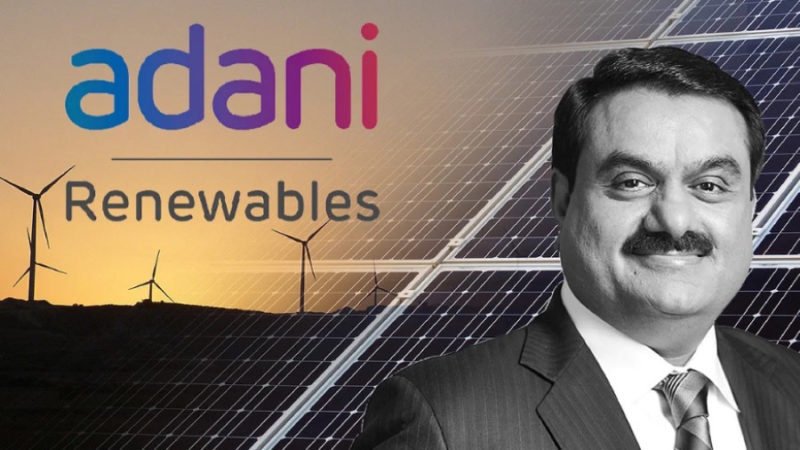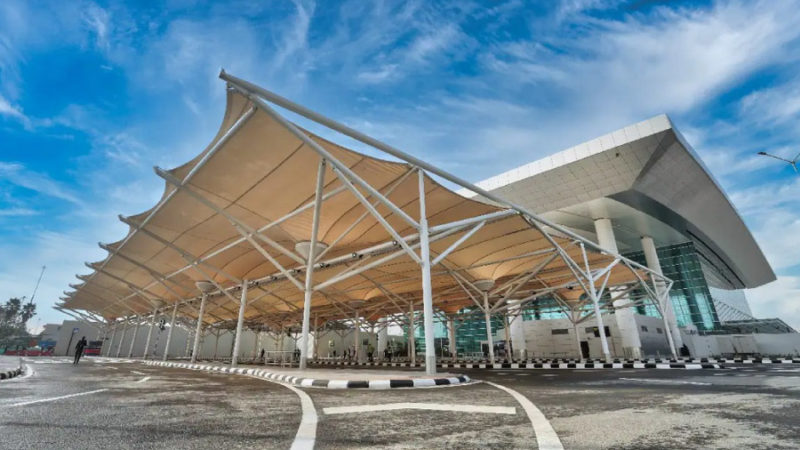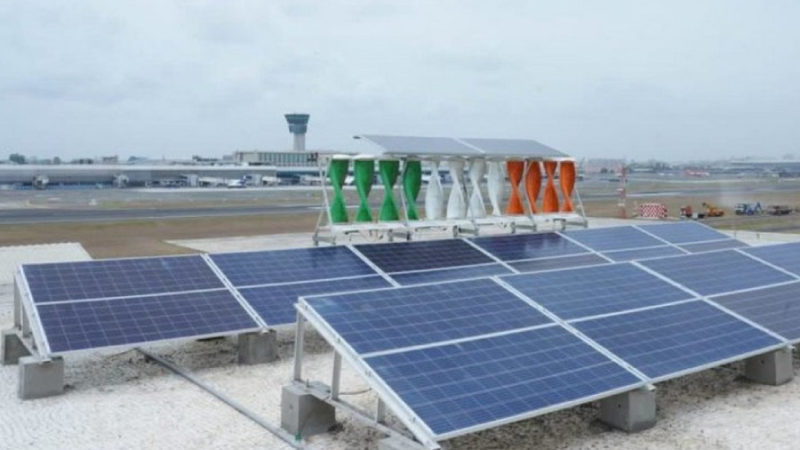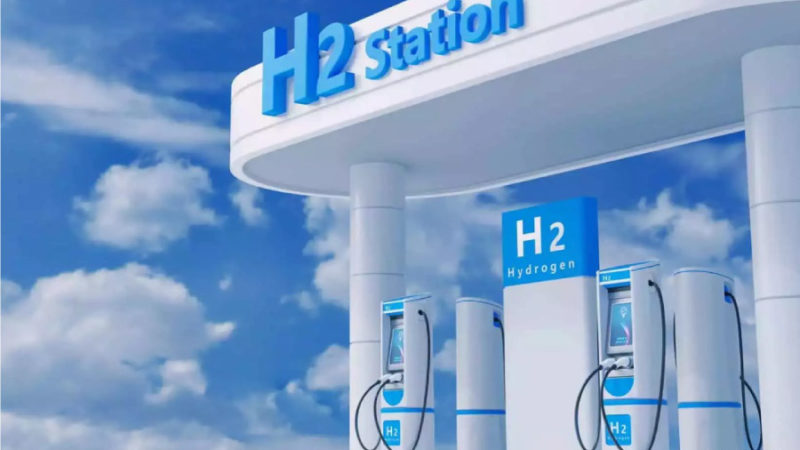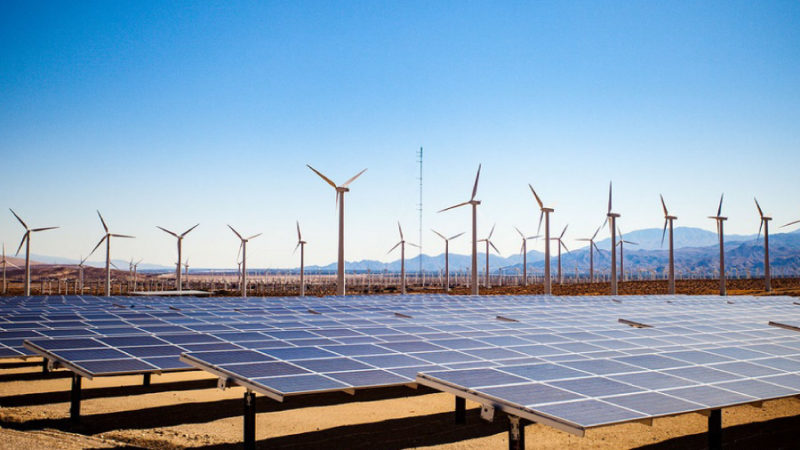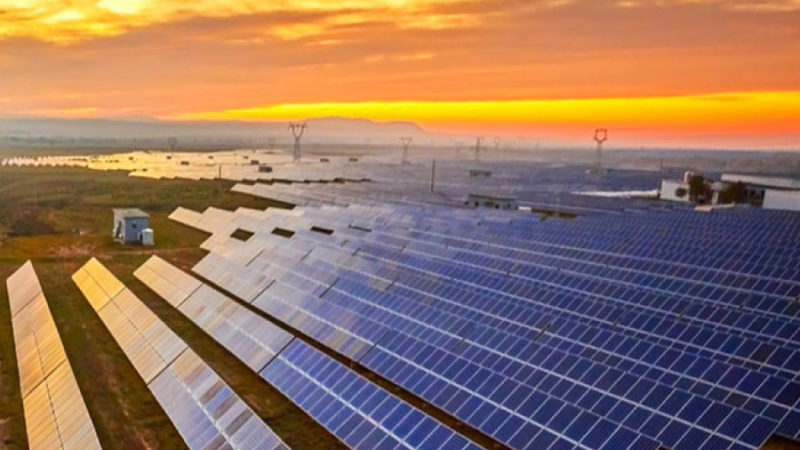Thermal power needed to avert power crisis
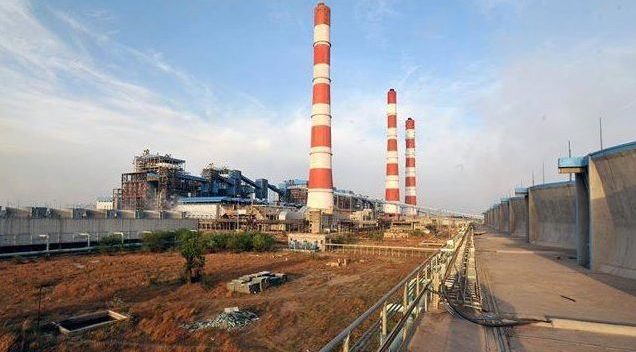
A recent report by ICICI Securities stated that thermal power in India is needed to avert the looming power crisis against the government’s belief that India’s current planned capacity is adequate to meet peak demand till 2026-27.
We have seen a renewed push to renewables by the NDA government at the centre, since it came to power. Over the past four years, several measures have been undertaken to move India towards clean energy. However, the report poses a warning that this continued focus on renewable energy should not come at the cost of ignoring the crucial thermal energy sector.
Underlying Position:
Thermal power still accounts for 60% of the Indian power generation capacity. However, the country’s power industry saw a massive paradigm change over the last few years with renewable energy, particularly solar energy dominating the discourse around new generation. Some analysts are predicting a 10 GW annual solar market from 2017 onward, which would make it the leading source for newly installed capacity.
On the other hand, The Central Electricity Authority (CEA) stated that India would not need any new coal based generation capacity and that the existing thermal power capacity would be enough to meet peak hour demand and power all the homes till 2026-27. Now, this conclusion was based on a scenario because India experiencing slower demand growth in the range of 6% due to a slower recovery in industrial demand.
In addition there have also been numerous initiatives launched to decrease the amount of energy consumption through energy efficiency measures such as the DELP plan, where LED lights are being given for a subsidized price to consumers across the country.
Rising Demand
Energy experts feel that there are clear trends that peak demand in the country is growing much faster than the base demand. The country is experiencing this rise in demand on account of higher industrial activity, new domestic connections and states’ resolved to improve power availability situations. Thus, adding only renewable generation capacity will add to the distresses in tackling the unprecedented rise in demand.
Industry experts have warned that India could face a power crisis in the near future if the government does not fast track planning new thermal power plants and power transmission corridors. The recent report by ICICI Securities said, “Record peak demand increase in FY19, driven by increased domestic demand, new connections under Saubhagya and reduction in load shedding, appears structural.”
The study further notes that without taking into account the increasing demand from resurgence of industrial activities, our current capacity and pipeline can at best satisfy predicted demand for the peak until the FY23 period, after that it will begin working at peak deficit.
The Right Way
According to the ICICI Securities report, the peak demand recorded in September 2018 was 177 GW in India, an increase of 13 GW over FY2017-18 peak demand — the highest year-on-year growth since 1993-94. In October 2018, the highest demand for power crossed the 180 GW historical landmark.
The report added that Saubhagya’s effect on peak demands has been and will be much sharper than the base demand. While, industrial demand pick up will have a positive effect, both on base demand as well as peak demand, which will require additional generation and transmission capacity.
The installed capacity in India is 346 GW and is capable of meeting about 190 GW peak demand, with plants currently under development expected to add 5-10 GW to that capacity. In September, the nation recorded a demand for peak at 177 GW, an increase of 13 GW as compared to FY18, and is likely to continue to expand. This is contrast to statistics of the country’s electricity authority that showed planned capacity is enough to meet peak hour demand till 2026-27……
Thus, looking at the healthy energy demands there is need to start the planning for new thermal capacities at the earnest. The report pointed out that renewable plants do little to satisfy peak demand because of their variable character that makes them unreliable. We need capacity enhancement planning to prepare for life beyond FY23 or the country should get ready to face a high price / supply deficit situation, the report added.
Conclusion:
The report noted that adjusting installed capacity and pipeline with historical availability factor, foretells the end of current ‘peak surplus’ scenario by FY23.
Industry experts feel that owing to its long gestation period, the country is already late in planning thermal capacity and the need of the hour is that the country should initiate a well thought of strategy at earnest, to start adding fresh thermal capacity to support power production in order to avoid power shortages post 2022.
However, as India moves forward with its next thermal capacity building plans, it is extremely necessary to create a deliberate and planned effort to guarantee a sustainable growth – not only on economical grounds, but also from a social and environmental point of view.



